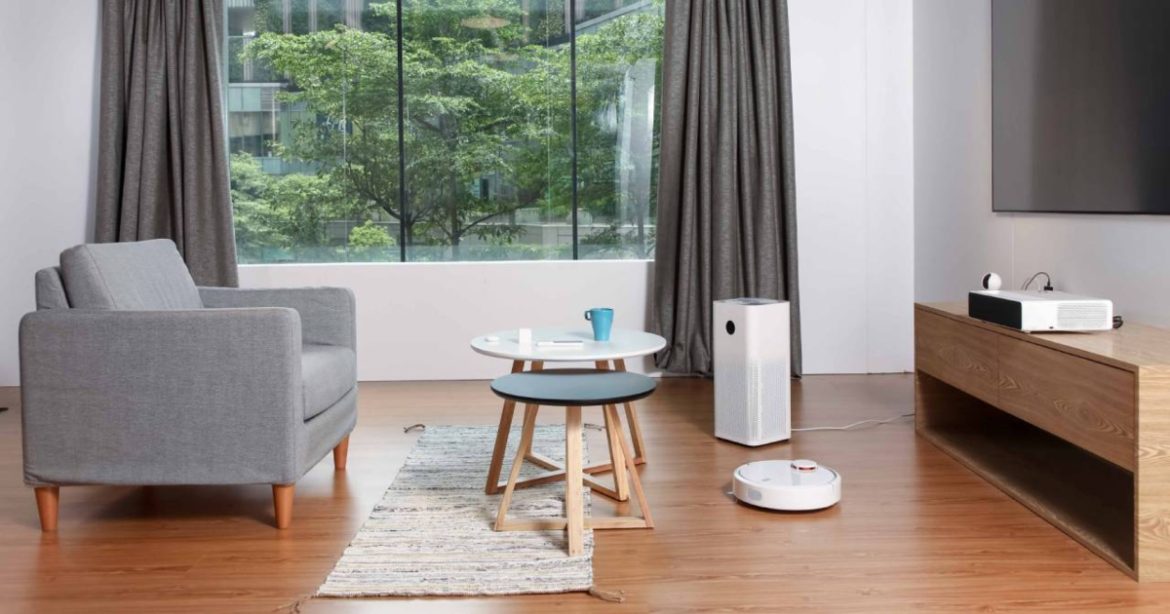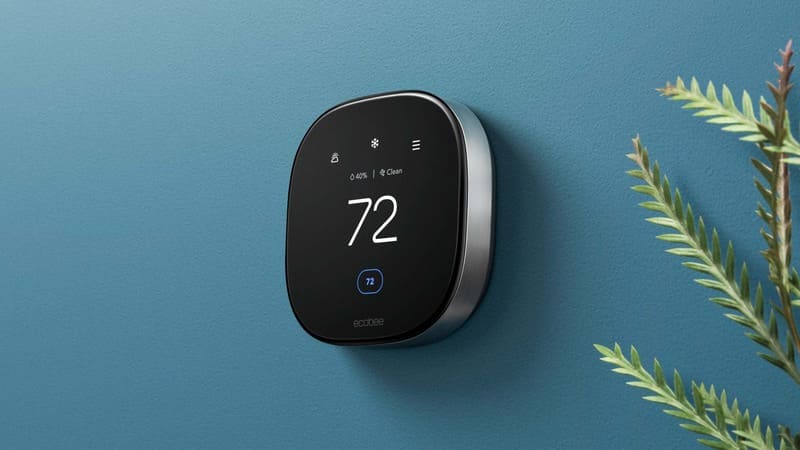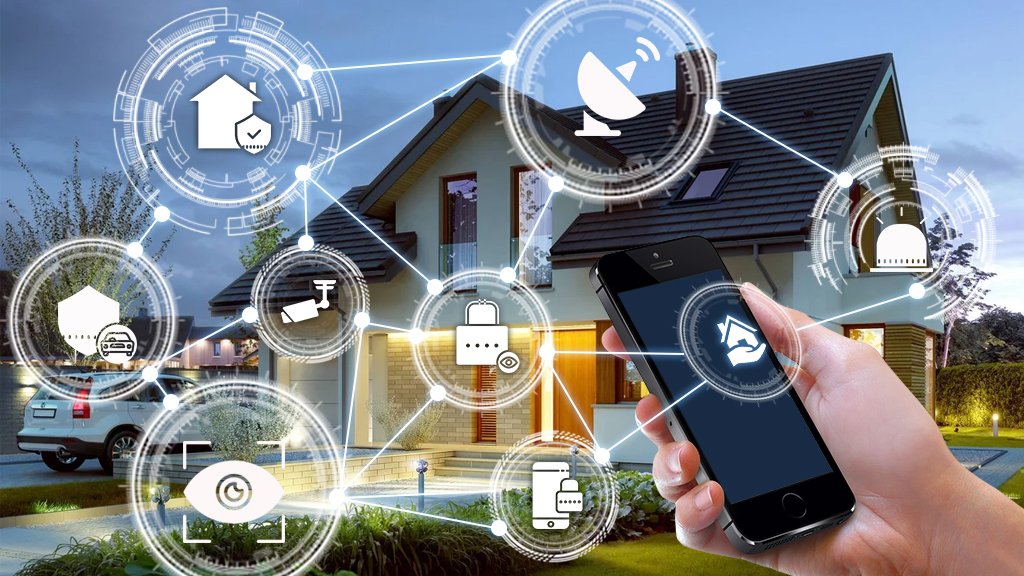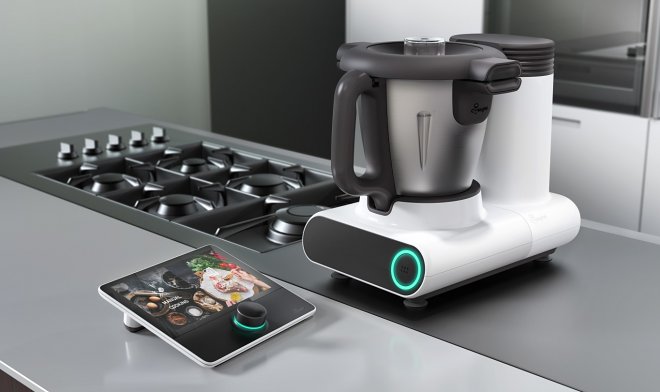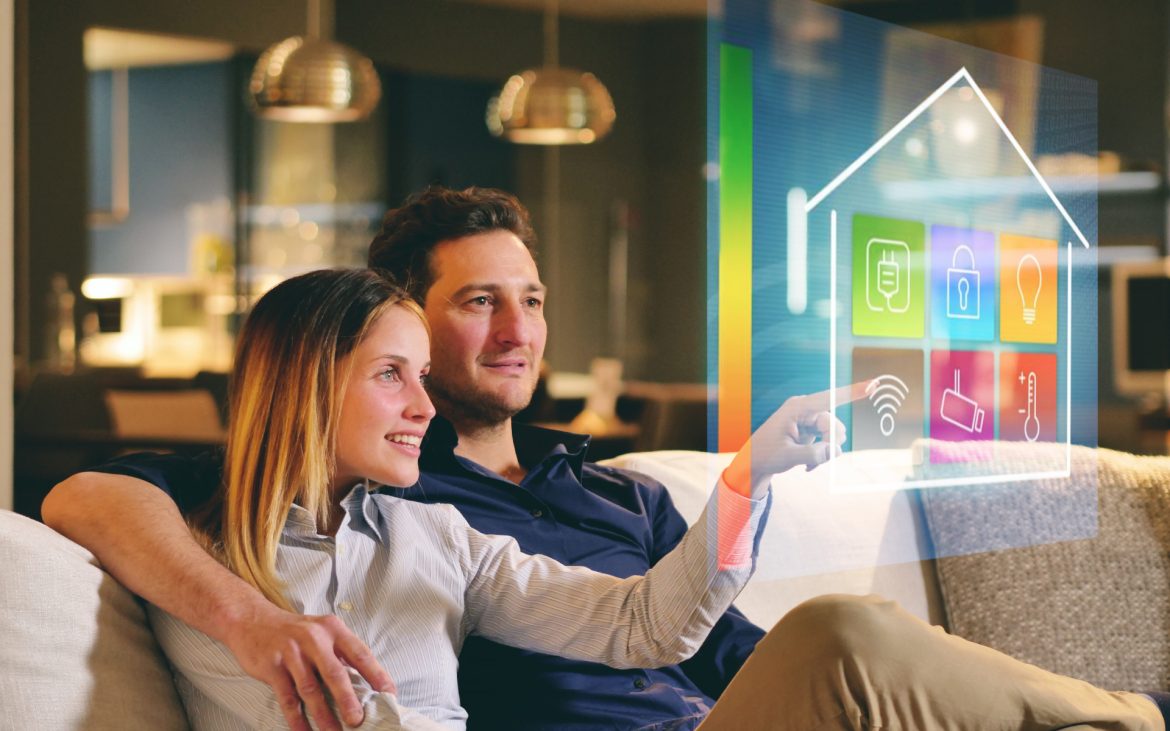Modern smart home technology is no longer a collection of individual devices—it’s united into ecosystems where all components work together as a single unit. This approach ensures maximum comfort, security, and efficiency. However, to create a harmonious system, it’s important to understand the principles of compatibility, control, and scalability.
The foundation of any ecosystem is a platform or hub. Apple HomeKit, Google Home, Amazon Alexa, Samsung SmartThings, and Yandex.Station are the “brains” of the smart home, uniting devices from different manufacturers. The choice of platform depends on your existing ecosystem: iPhone, Android, or Russian services.
Communication protocols play a key role. Previously, devices used Zigbee, Z-Wave, or Wi-Fi, which created fragmentation. Today, a unified standard—Matter—has emerged, supported by Apple, Google, Amazon, and others. It ensures out-of-the-box compatibility and simplifies setup.
Voice control has become the primary interface. Instead of dozens of apps, just say, “Alice, cook dinner,” and the lights will turn on, the oven will start, and the speakers will start playing your favorite music. But it’s important not to forget about backup control methods—via an app or physical buttons.
Smart Appliances
Advertising
Advertising
With rising energy prices and the climate crisis intensifying, energy-efficient smart appliances are becoming not just convenient, but essential. Modern devices not only automate everyday life but also help use resources efficiently – electricity, water, and heat. This is beneficial for both your wallet and the environment.
Smart thermostats and heating systems are among the most effective solutions. They analyze the weather, daily routines, and occupancy to minimize energy consumption. For example, when everyone leaves for work, the temperature automatically decreases and increases upon their return. This can reduce CO₂ emissions by hundreds of kilograms per year.
Smart plugs and energy monitors allow you to track how much electricity each appliance consumes. Many users are surprised to discover that an old TV or charger is “stealing” energy even when turned off. Gadgets help identify these “energy vampires” and disable them.
Water-saving devices are also gaining popularity. Smart shower heads regulate pressure and temperature, and leak sensors instantly shut off the water supply in the event of an emergency. Some systems even collect condensate or greywater for watering plants.
Advertising
Home security is a priority for every family, and modern smart technology offers a variety of solutions that make protection effective, affordable, and convenient. From simple sensors to full-fledged video surveillance systems, today anyone can create a “digital shield” around their home without complex installation or high costs.
Video intercoms with Wi-Fi and cloud storage support have become standard. They allow you to see who’s at the door, even from the other side of the world. Many models feature AI that recognizes faces, distinguishes between people, animals, and packages, and sends notifications only in the event of a real threat.
Smart locks take things a step further. They operate using a fingerprint, PIN, NFC card, or an app. The owner can issue temporary keys to guests, plumbers, or a nanny, and then revoke them at any time. This eliminates the risk of key theft and simplifies access management.
Video surveillance systems no longer require complex installation. Compact cameras like Arlo, Eufy, or YI are battery-powered or solar-powered, transmit video to the cloud, and are activated only by motion. Some models feature IR illumination and record in 2K resolution, even at night.
Sensors play a key role. Door and window sensors, motion detectors, smoke detectors, gas leak detectors, and water leak detectors all integrate into a single system and instantly alert the owner of an emergency. For example, if a water leak occurs, the system can automatically shut off a faucet.
Advertising
The kitchen is one of the most heavily used spaces in the home, and this is where smart appliances can be most beneficial. Modern appliances not only simplify meal preparation but also help plan meals, reduce food waste, and even teach cooking skills. This is especially valuable in times of time pressure and a growing interest in healthy eating.
Smart multicookers and pressure cookers, such as the Instant Pot Smart or Ninja Foodi, connect to an app, allowing users to select recipes, set the time and temperature, and receive notifications when the dish is ready. Some models even adapt cooking modes based on the amount of ingredients or altitude.
Smart refrigerators are no longer science fiction. The Samsung Family Hub, for example, features a touchscreen, internal cameras, and food recognition. It can suggest recipes based on what’s in the fridge, create a shopping list, and even order missing ingredients online. This reduces food waste and optimizes costs.
New-generation coffee machines allow you to customize your drink down to the smallest detail: strength, temperature, and milk foam volume. Using an app, you can schedule your morning coffee, which will begin brewing 10 minutes before your alarm. Voice assistants let you order an espresso without leaving the couch.
Smart scales and measuring cups are indispensable tools for those monitoring their diet or baking. They sync with your smartphone, recognize products by barcode, and automatically calculate calories. Some models integrate with fitness trackers to help you adjust your daily diet in real time.
Advertising
A smart home is more than just a trendy concept, but a real step toward improving comfort, security, and energy efficiency. Modern smart technology integrates into a single ecosystem, allowing you to control lighting, climate control, household appliances, and security systems using a smartphone, voice assistant, or automated scenes. This approach saves time and resources and makes everyday life significantly easier.
The heart of a smart home is the control center—a hub or app that connects all devices. Popular platforms such as Apple HomeKit, Google Home, Amazon Alexa, and Yandex.Station ensure compatibility between gadgets from different brands. This allows users to create complex scenes: for example, a “Good Morning” scene that raises the curtains, turns on the coffee maker, and adjusts the bathroom temperature when the alarm goes off.
Smart lighting is one of the most accessible and popular elements. LED bulbs with Wi-Fi or Bluetooth allow you to adjust the brightness, color, and temperature of the light. Some models mimic the natural solar cycle, which has a positive effect on sleep and mood. Motion sensors automatically turn on lights when you enter a room and turn them off when the space is empty.
Climate control has also become smarter. Smart thermostats like Nest or Ecobee analyze occupant habits, the weather outside, and even the presence of people in the home to maintain an optimal microclimate. This is not only comfortable but also cost-effective: such devices can reduce heating and air conditioning costs by up to 20%.
New generation appliances are deeply integrated into the smart home. Refrigerators with touchscreens track expiration dates, create shopping lists, and even order food online. Washing machines run at night, when tariffs are lower, and robotic vacuum cleaners clean the apartment on a schedule without human intervention.
Advertising

